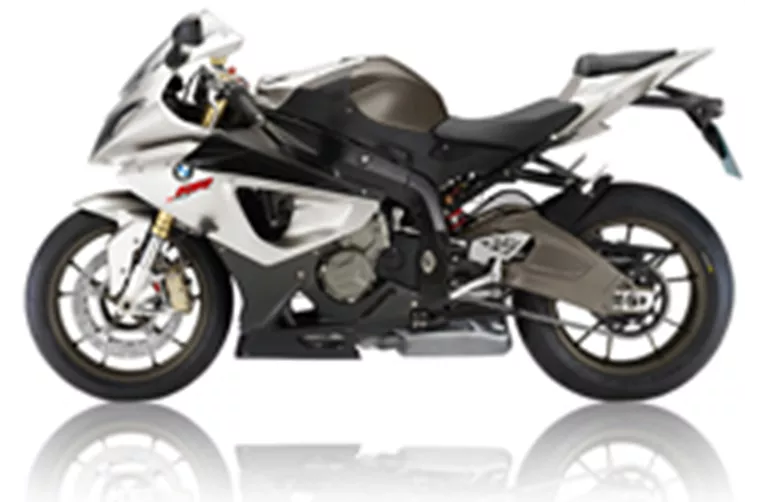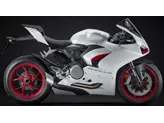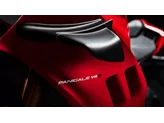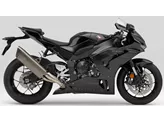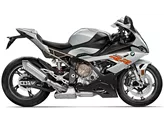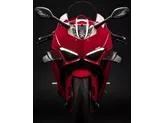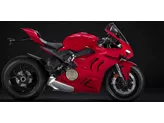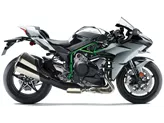Ducati Panigale V4 2018 vs. BMW S 1000 RR 2010

Ducati Panigale V4 2018

BMW S 1000 RR 2010
Overview - Ducati Panigale V4 2018 vs BMW S 1000 RR 2010
The Ducati Panigale V4 2018 and the BMW S 1000 RR 2010 are both high-performance supersport motorcycles, but they have distinct differences in their specifications and strengths.
Starting with the engine and drive train, the Ducati Panigale V4 2018 is equipped with a V4 engine with a displacement of 1103ccm, producing 214 horsepower and 124 Nm of torque. On the other hand, the BMW S 1000 RR 2010 features an in-line four-cylinder engine with a displacement of 999ccm, delivering 192 horsepower and 112 Nm of torque. Both bikes have a compression ratio of around 13-14, indicating high-performance capabilities.
In terms of suspension, the Ducati Panigale V4 2018 features an upside-down telescopic fork at the front and a single swing arm at the rear. The BMW S 1000 RR 2010, on the other hand, has a telescopic fork at the front and a swing arm at the rear. These suspension setups provide different riding characteristics and may appeal to different preferences.

Ducati Panigale V4 2018
Both motorcycles have an aluminum frame, which provides a balance of rigidity and weight reduction. However, the Ducati Panigale V4 2018 has a monocoque frame, while the BMW S 1000 RR 2010 has a twin-tube frame. The choice of frame design can impact the overall handling and stability of the bike.
When it comes to braking, both motorcycles are equipped with double disc brakes at the front. The Ducati Panigale V4 2018 utilizes radial monoblock technology, while the BMW S 1000 RR 2010 uses radial brakes. The choice of braking technology can affect the braking performance and feel of the bike.
In terms of dimensions and weights, the Ducati Panigale V4 2018 has a slightly wider rear tire (200mm) compared to the BMW S 1000 RR 2010 (190mm). The Ducati also has a longer wheelbase (1469mm) compared to the BMW (1432mm). Additionally, the Ducati has a higher seat height (830mm) compared to the BMW (820mm). However, the BMW has a larger fuel tank capacity (17.5 liters) compared to the Ducati (16 liters).

BMW S 1000 RR 2010
Now, let's discuss the strengths and weaknesses of each motorcycle. The Ducati Panigale V4 2018 is praised for its powerful engine with charisma and great manners. It offers a pleasant upper body position, making it more comfortable compared to other supersport bikes. The V4 engine is known for its powerful yet not intrusive sound. Additionally, the bike provides good wind protection. However, some riders have reported that the seat gets warm, especially in city traffic, and the engine/clutch can feel a bit rough in tight hairpin bends.
On the other hand, the BMW S 1000 RR 2010 is known for its superior performance and well-functioning driving aids. It is a very fast motorcycle and offers an optimal price for its capabilities. However, some riders have noted that the BMW S 1000 RR 2010 lacks agility and has complicated handling. The braking stability may also be a concern, and the bike has a relatively high weight compared to its competitors.
In conclusion, the Ducati Panigale V4 2018 and the BMW S 1000 RR 2010 are both powerful supersport motorcycles with their unique strengths and weaknesses. The Ducati offers a powerful engine, comfortable riding position, and good wind protection, while the BMW provides superior performance and well-functioning driving aids. Ultimately, the choice between these two bikes depends on individual preferences and priorities.
Technical Specifications Ducati Panigale V4 2018 compared to BMW S 1000 RR 2010
Pros and Cons in comparison
Pros and Cons in comparison
Ducati Panigale V4 2018

The Panigale has become much more accessible in the 2018 V4 version than before. The engine, in combination with the electronics package, is still not as flawless and sterile as an inline four, but in practice it is a real blessing for Ducatisti - and a positive surprise for riders of other brands. The Panigale V4 also surprised with tolerable riding comfort on the country road and a pleasant level of stability. Progress here was clearly in the right direction. The new V4 is stronger and faster but also easier and more pleasant to ride.
BMW S 1000 RR 2010
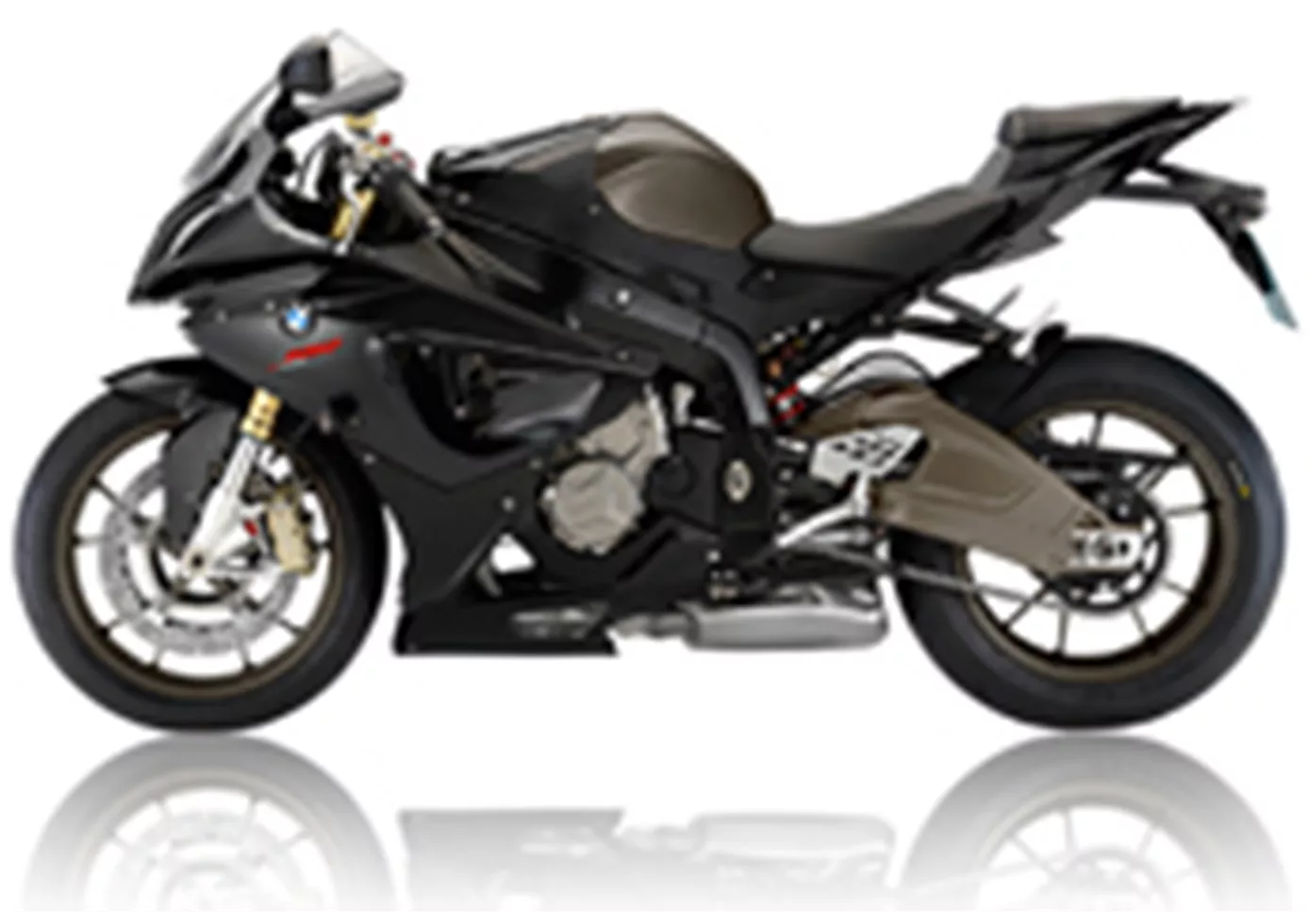
We have a strict and merciless order from the boss to thank for that. There are tough performance checks before the S 1000 RR leaves the factory. At BMW, they didn't want to show their hand and risk even one disappointing test bench report finding its way into the media.
Price Comparison Avarage Market Price Ducati Panigale V4 vs BMW S 1000 RR
There are a few key differences between a Ducati Panigale V4 2018 and a BMW S 1000 RR 2010. In terms of price, the actual average price of a Ducati Panigale V4 2018 is about 106% higher. A Ducati Panigale V4 2018 experiences a loss of 1,140 GBP in one year and 2,510 GBP in two years of ownership. This is offset by a loss of 1,100 GBP and 2,340 GBP for a BMW S 1000 RR 2010. Compared to BMW S 1000 RR 2010 there are less Ducati Panigale V4 2018 bikes available on the 1000PS.de Marketplace, specifically 5 compared to 6. It takes less time to sell a BMW S 1000 RR with 52 days compared to 91 days for the Ducati Panigale V4. Since model year 2018 1000PS.de editors have written 18 reviews for the Ducati Panigale V4 and 135 reviews for the BMW S 1000 RR since model year 2010. The first review for the Ducati Panigale V4 was published on 05/11/2017 and now has more than 131,500 views. This compares to more than 4,000 views for the first review on BMW S 1000 RR published on 16/04/2008.

